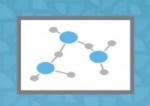
Tobacco by the Numbers
National and State Tobacco Control Program (NTCP) Map
The National and State Tobacco Prevention and Control Program Map highlights state-specific information, resources and services. Free and confidential state tobacco quitline services 1-800-QUIT-NOW are provided by a quitline vendor.
American Lung Cancer Screening Initiative: Leaders for Lung Cancer Screening
Mayor Kelly Girtz (Athens, Georgia)
Tobacco-related Disparities:
Reducing tobacco-related disparities across populations defined in terms of: socioeconomic status (income, health insurance status, education, occupation), gender and geography continue to be an overarching of SelfMade Health Network.
Tobacco use (including smoking) is not distributed equally across all facets of society. Rather, it continues to become increasingly higher among individuals with the lowest levels of educational attainment, income, and occupational status

- Tobacco Use: In the United States, more than 16 million adults are living with a disease attributed to smoking. Reference: Smoking and Tobacco Use-Fast Facts (Centers for Disease Control and Prevention)
- Tobacco-related Mortality:
- In the United States, cigarette smoking is attributed to more than 480,000 deaths per year, including more than 41,000 deaths associated with secondhand smoke exposure. This is equates to 1 in 5 deaths annually, or 1,300 deaths every day.
- For every person who dies from smoking, approximately 30 people live with a serious smoking-related illness.
Reference: Smoking and Tobacco Use-Fast Facts (Centers for Disease Control and Prevention)
- As a result of the CDC’s Tips from Former Smokers campaign, CDC estimates that more than 16.4 million people who smoke have attempted to quit and approximately one million have successfully quit tobacco.
Reference: CDC Tips® Impact and Results - American Lung Cancer Screening Initiative: Leaders for Lung Cancer Screening
Mayor LaToya Cantrell (New Orleans, Louisiana)
- Tobacco Use and Socioeconomic Status (SES):
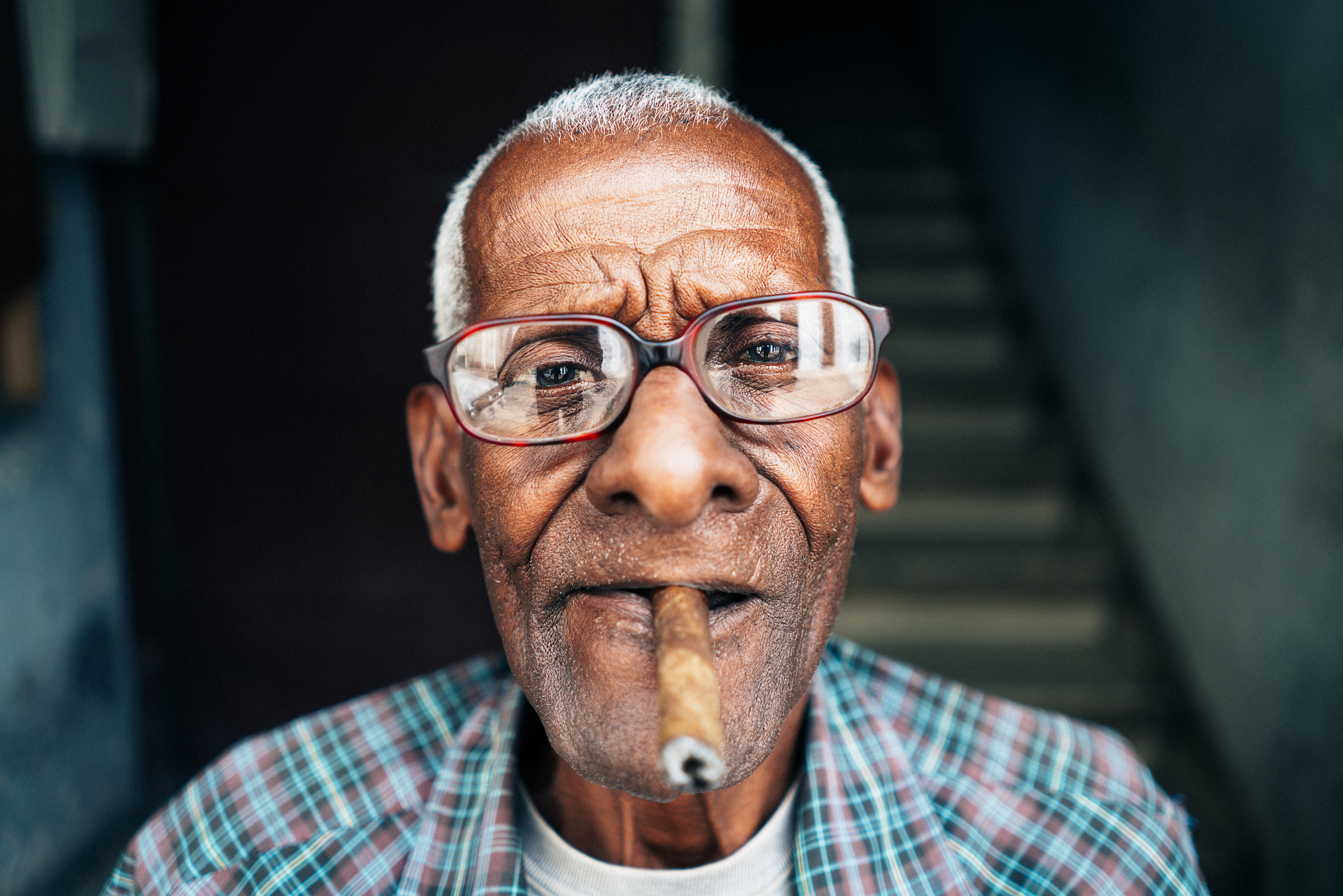
Medicaid enrollees or beneficiaries smoke cigarettes at a significantly higher rate or approximately twice as high (23.9%) compared to adults with private health insurance (10.5%). In addition, Medicaid spends approximately $39 billion annually on treating smoking-related diseases.
Reference: DiGiulio A, Jump Z, Babb S, Schecter A, Williams KS, Yembra D, Armour BS. State Medicaid Coverage for Tobacco Cessation Treatments and Barriers to Accessing Treatments - United States, 2008-2018. MMWR Morb Mortal Wkly Rep. 2020 Feb 14;69(6):155-160. doi: 10.15585/mmwr.mm6906a2. PMID: 32053583; PMCID: PMC7017965.Prevalence of any current tobacco product use who are Medicaid beneficiaries or enrollees(28.6%) or uninsured (27.3%) compared to adults with public insurance (21.3%), private insurance (16.4%) or Medicare only (12.5%).
Reference: Cornelius ME, Loretan CG, Wang TW, Jamal A, Homa DM. Tobacco Product Use Among Adults - United States, 2020. MMWR Morb Mortal Wkly Rep. 2022 Mar 18;71(11):397-405. doi: 10.15585/mmwr.mm7111a1. PMID: 35298455; PMCID: PMC8942309.
Secondhand smoke exposure is greater among blue-collar industry workers (including workers with low levels of education, income and in certain occupations) compared to white-collar workers.
Reference: Hongying Dai, Jianqiang Hao, The Prevalence of Exposure to Workplace Secondhand Smoke in the United States: 2010 to 2015, Nicotine & Tobacco Research, Volume 19, Issue 11, November 2017, Pages 1300–1307.A greater density of tobacco retailers and tobacco product advertising exist in low-income and predominantly minority neighborhoods compared to other neighborhoods.
- American Lung Cancer Screening Initiative: Leaders for Lung Cancer Screening
Mayor Mitch Colvin (Fayetteville, North Carolina)
- Tobacco Use and Medical Costs: Higher smoking rates among adults costs the Medicaid program approximately $39.6 billion annually or accounts for approximately 15 percent of annual Medicaid spending. Reference: Xu X, Bishop EE, Kennedy SM, Simpson SA, Pechacek TF. Annual Healthcare Spending Attributable to Cigarette Smoking: An Update. American Journal of Preventive Medicine. 2015;48(3):326-333.
Additional Data and Resources:
2022 President’s Cancer Panel Report: Lung Cancer Companion Brief (Cancer Moonshot)
Website link: https://prescancerpanel.cancer.gov/report/cancerscreening/
Cancer Rates by State: Cancer Data and Statistics (Centers for Disease Control and Prevention)
Website link: https://www.cdc.gov/cancer/dcpc/data/index.htm
Centers for Disease Control and Prevention: State Tobacco Activities Tracking and Evaluation (STATE) System-Medicaid Coverage of Tobacco Cessation Treatments Fact Sheet
Available at: https://www.cdc.gov/statesystem
COPD Across America: How does your state compare?
Website link: https://www.copdfoundation.org/What-is-COPD/Understanding-COPD/Statistics.aspx
Tobacco Nation: An Ongoing Crisis Examining the Health and Policy Disparities of U.S. States with the Highest Smoking Rates (Truth Initiative)
Website link: https://truthinitiative.org/tobacconation
Campaign for Tobacco-Free Kids
https://www.tobaccofreekids.org/
To learn more about Cancer and Tobacco-related Disparities and Resources to support your organization, community and state, please access:
SelfMade Health Network (SMHN) Determinants of Health Fact Sheets
SelfMade Health Network (SMHN) "Opening Doors" Webcast Series
SelfMade Health Network (SMHN) Featured Resources to Distribute
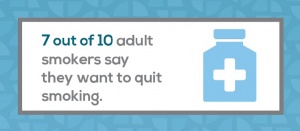
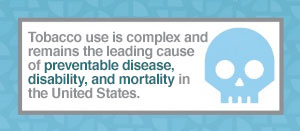
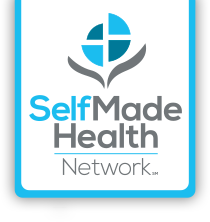
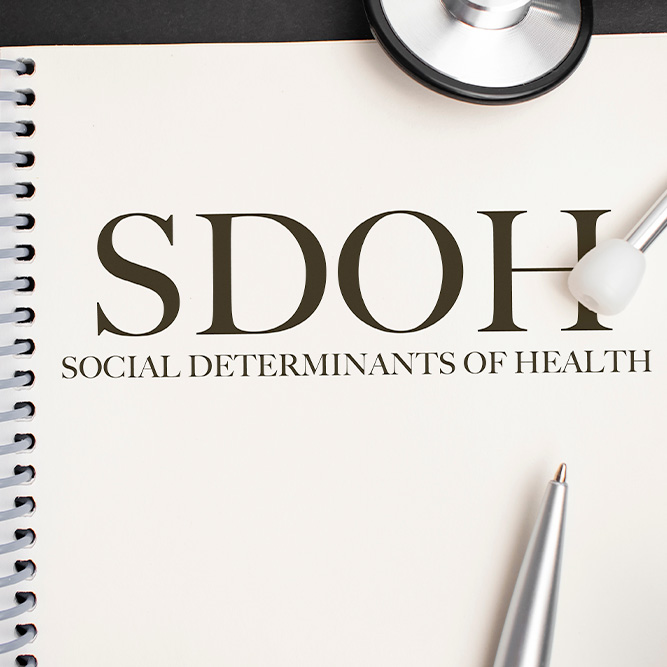 Social Determinants of Health in Cancer Care (American Society of Clinical Oncology)
Social Determinants of Health in Cancer Care (American Society of Clinical Oncology)